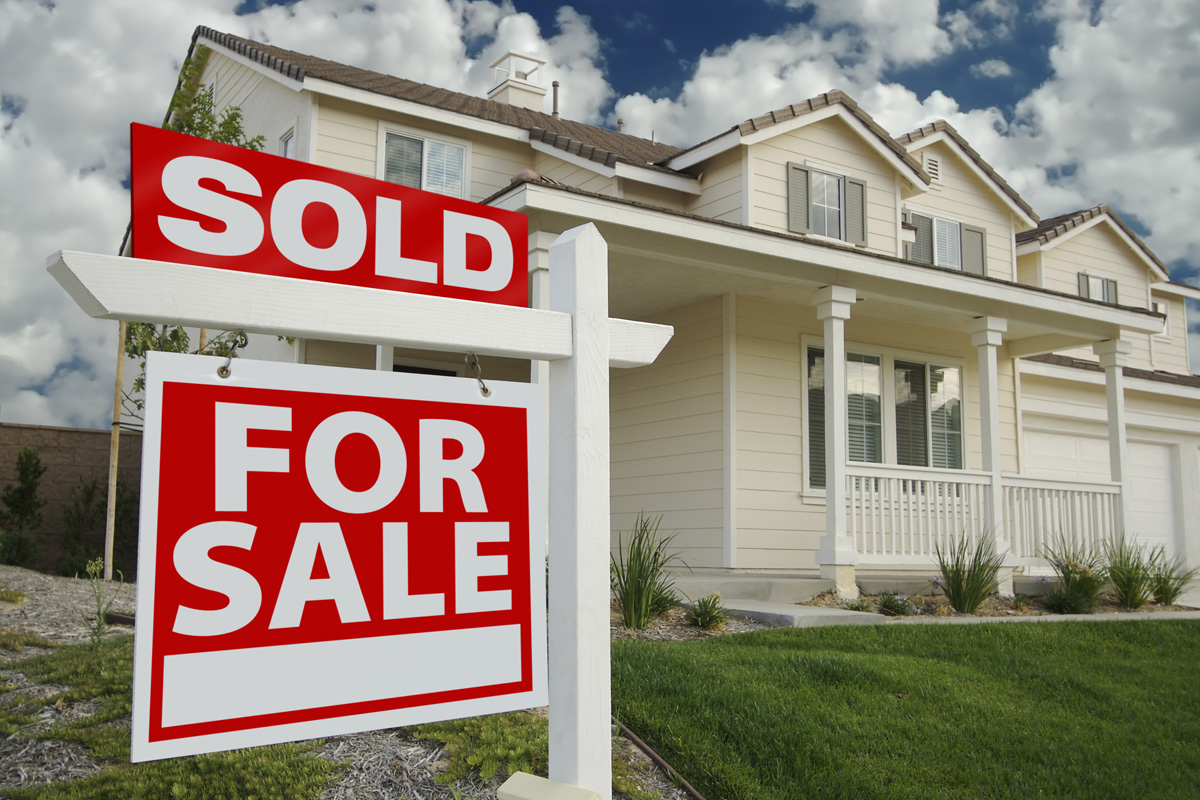info@membersmortgagecorp.com

Purchasing A Home
Owning your own home provides several benefits. In addition to the satisfaction of being a homeowner, you can build equity, enjoy tax deductions*, say “good bye” to your landlord and take control of your living environment.
Whether you are a first-time home buyer, renter, or are purchasing a new or second home, we have an assortment of tools and loan programs to meet your individual financing needs. Use our easy-to-navigate site, or contact us by phone today.
*Contact your tax advisor to confirm tax deductibility of any loan.
You can assure sellers of your viability and negotiate more effectively when you’re pre-approved. Apply online now to be pre-approved.
Determine how much you can borrow and buy with our pre-qualification calculator.
See how your equity and security can grow as a homeowner. Compare the benefits of owning vs. the cost of renting with our Rent vs. Buy Calculator.
Loan Programs
There are many loan programs available – too numerous to cover them all, we’ve highlighted the programs more commonly offered today. Characteristics of each loan program are unique, so consult your mortgage professional for more information and to become familiar with the details of the programs available to you.
To help determine the best loan program for you, consider the following:
- How important is payment certainty? If knowing that your payment will be the same every month is important, consider a fixed-rate mortgage.
- How important is rapid equity buildup? If rapid equity buildup is a factor, consider a shorter amortization period, such as a 15-year, fixed-rate mortgage.
- Do you anticipate increasing or stable income? If income growth is anticipated, you could take advantage of a lower start rate on an ARM or a temporary buydown.
- Other factors to consider include:
- Ability to qualify at market rates for loan amount selected
- Anticipated term of occupancy
- Possibility of significant rate changes
- Existence of up-front costs
- Interest rate does not change.
- Principal and interest (P & I) does not change.
- Fixed-rate mortgages fully amortize over a defined period of time and are paid in-full at the end of the loan term.
- Different loan terms are available (15 & 30-year terms are most popular).
- The shorter the term, the faster equity is built and the loan is paid off.
- P & I payment and interest rate do not change.
- Regular monthly P & I payments are based on 30-year amortization, while the unpaid balance (balloon) is due at the end of a shorter, predetermined term, typically 5, 7 or 10 years.
- Interest rate is typically less than fixed-rate loans.
- Most borrowers anticipate refinancing or selling prior to the end of the balloon term.
- Borrowers or the seller may pay to temporarily “buy down,” or lower, the interest rate.
- Decreased interest rate reduces the monthly payment.
- Lower interest rate may help borrowers qualify more easily; qualifying factors may vary.
- Interest rate/payment is typically reduced for 1, 2 or 3 years
- There are no reductions to the principal amount.
- There is no provision for negative amortization.
- Payments may increase up to an amortized amount, but the loan balance itself does not increase.
- Generally, interest-only payments are limited to the first 5, 10 or 15 years of the loan.
- After that, the loan is amortized for the remainder of its term
- There is potential for the interest rate/ payment to fluctuate.
- ARMs transfer to borrowers a portion of the risk associated with a changing economy.
- In exchange for sharing the risk, ARMs offer borrowers initial interest rates that are substantially lower than fixed-rate mortgages.
- The lower interest rate may help borrowers qualify more easily; qualifying factors may vary.
Would you like to speak to one of our mortgage loan specialists?
Just submit your contact details and we’ll be in touch shortly.
